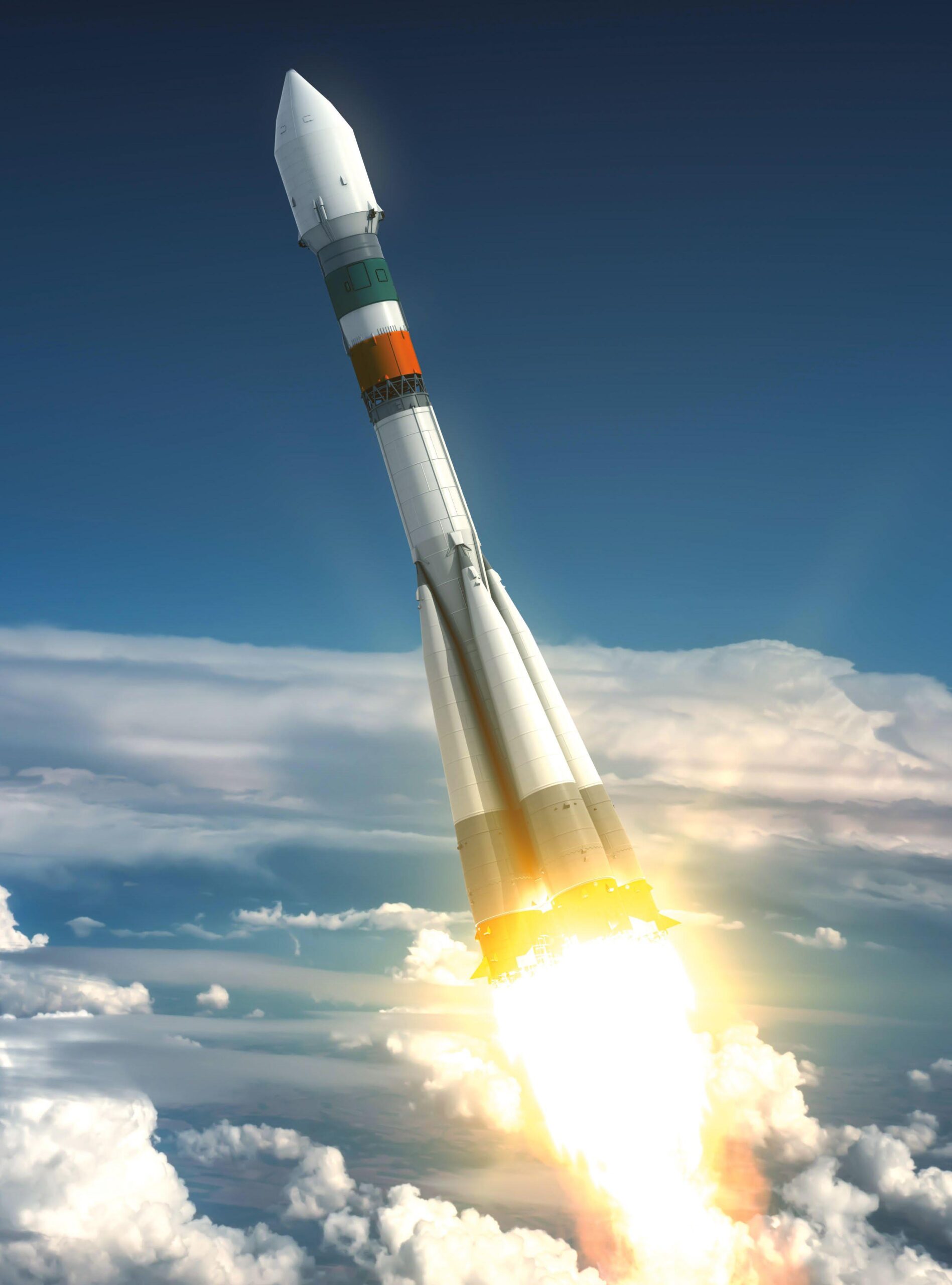In a world filled with awe and wonder, the realm of space exploration continues to captivate our imagination. Today, we delve into the latest developments in rocket technology and the fascinating journeys that lie ahead.
“We will be able to industrialize Zephyr production up to 50 units per year,”
shared Eric Berger on Jul 4, 2025. This exciting prospect signals a new era of space innovation, where boundaries are continually pushed.
Let’s start our journey by exploring Orbex, a UK-based launch services company that has set its sights on reaching new heights in orbital launches. Despite facing challenges like infrastructure limitations, Orbex remains determined to launch its Prime rocket from Scotland next year. However, progress has been slow, raising doubts about the company’s timeline for liftoff.
As we shift our focus to Europe, we witness the arrival of Themis demonstrator in Sweden—a pivotal moment in showcasing reusable launch capabilities. The tests ahead promise to emulate SpaceX’s success with Grasshopper vehicle years ago, laying the groundwork for a future dominated by reusable rockets akin to Falcon 9.
Meanwhile, Rocket Lab takes center stage with its Electron launches—a display of operational maturity as they achieve rapid turnaround times between missions. This acceleration in launch cadence underscores the industry’s relentless drive towards efficiency and reliability in space endeavors.
Latitude’s expansion plans highlight France’s commitment to developing small rockets with high launch frequencies. By investing in strategic industrial sites and securing key contracts, Latitude aims to revolutionize access to space while maintaining stringent quality control measures—an ambitious yet promising endeavor.
Japan bids farewell to its iconic H2A rocket after an illustrious 24-year legacy marked by exceptional success rates. The retirement of this workhorse symbolizes Japan’s pursuit of cost-efficient solutions in an increasingly competitive global space market—a prelude to the forthcoming H3 rocket era.
In a surprising turn of events, SpaceX emerges as a frontrunner for DOD satellite contracts through its Starlink Internet constellation. The proposed “pLEO SATCOM” program hints at a secretive network bolstered by SpaceX’s expertise—an intriguing development that could reshape satellite communications networks worldwide.
Europeans celebrate a significant milestone as ArianeGroup completes Prometheus rocket engine tests—a crucial step towards achieving cost-effective and reusable propulsion systems. With plans for commercial applications looming on the horizon, Prometheus paves the way for innovative space ventures powered by cutting-edge technology.
And finally, we explore novel investment opportunities through tokens that grant retail investors access to private assets like SpaceX—ushering in a new era of financial inclusion within the aerospace industry. While such initiatives hold promise for democratizing investment avenues, regulatory challenges loom over this evolving landscape.
As we navigate through these dynamic narratives shaping today’s space exploration landscape, one thing remains clear—the future is brimming with endless possibilities and untold discoveries waiting to unfold amidst the stars. So let us gaze skyward with anticipation and wonder at what lies beyond our earthly confines.









Leave feedback about this